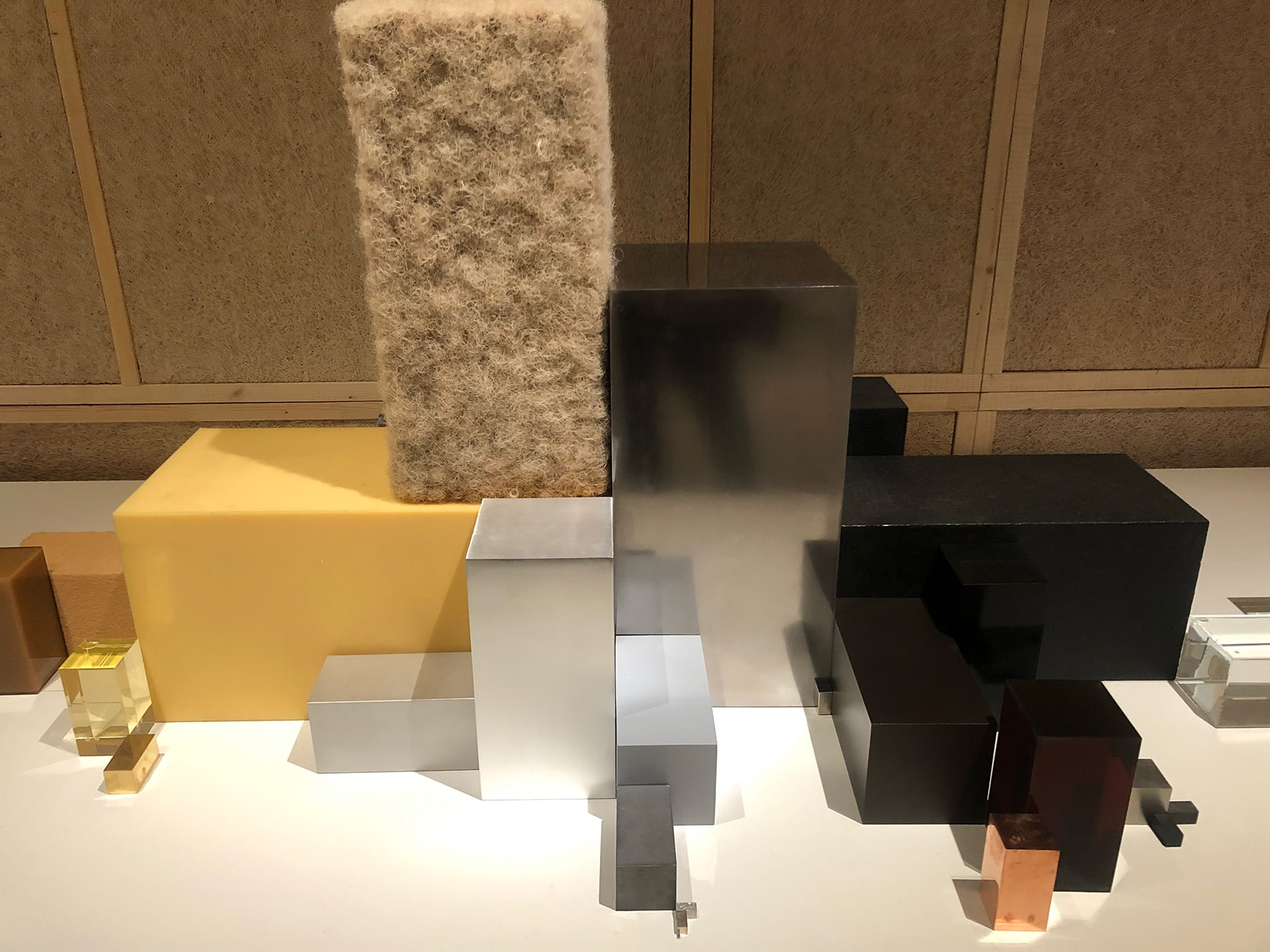Waste Age. What can Design Do?

The Design Museum “Waste Age. What can design do?’ exhibition has recently finished, and I was lucky enough to visit just before it closed.
When we look back at the 20th Century will it be known as “The Age of Waste”, aptly named because of the earth sized landfill that has been built up over the years by wasteful people, and industries globally?
Curator Gemma Curtin explores how this has become a reality and presents various ideas for fixing this big problem.
“We must face the problem of waste – we can no longer ignore what happens to things when we get rid of them. Instead of thinking of objects as things that have an end life, they can have many lives. This is not just an exhibition it is a campaign, and we all have an active part in our future.’ Gemma Curtin, Curator.
The first part of the exhibition gives a very informative insight into the development of disposables, reduction in reusables and creation of plastics. We learn how bad our wasteful habits are, how our consumption habits have increased. For example one fact given is that nearly half of Londoners have thrown away a piece of furniture that could have been re-used, sold or donated. How manufacturers have worked consumption habits to their advantage by a philosophy of planned obsolescence, reducing the longevity of the life of products to encourage consumers to replace items sooner than is necessary, making their short-term profits larger, higher employment, higher production and lower costs with no consequence for the waste that has built up.
Some great visual displays have been created throughout to show the enormity of the problem.
This bottle tops curtain has been made from 6600 bottle tops collected at the Cornish beaches over a single winter in 2015-2016. It shows the huge amount of waste that is washed up per season and that pollute our oceans.
The second half of the exhibition paints a more optimistic picture showing some of the innovative visionary ideas that are emerging to reinvent our relationship with waste, including from Stella Macartney,
The Ellen Macarthur Foundation, Bethany Williams, Phoebe English and Audrey Chieza.
Some innovative examples are shown below.
Stella Macartney– Pictured is an Econoyl jacket and trousers made from ocean and factory waste and a zero waste dress.





Sling lounge chair- a great example of how we need to build our future furniture to be built for disassembly, to enable re-use in the future.
This is the time for our generation of 21st Century designers in collaboration with science and nature to work together to rethink our relationship to everyday things. With 1.75 planet Earths needed to support current demands on our ecosystem a massive shift is needed.
By using the circular economy and clean materials, new value can be brought to waste, shifting from a linear method of manufacture to circular where waste is designed out. From fashion to furniture, food to electronics, construction to packaging this could be the new way out of the Waste Age and we need to embrace it if we are to reverse the irresponsible deign trends of the past and regenerate for a better future.

